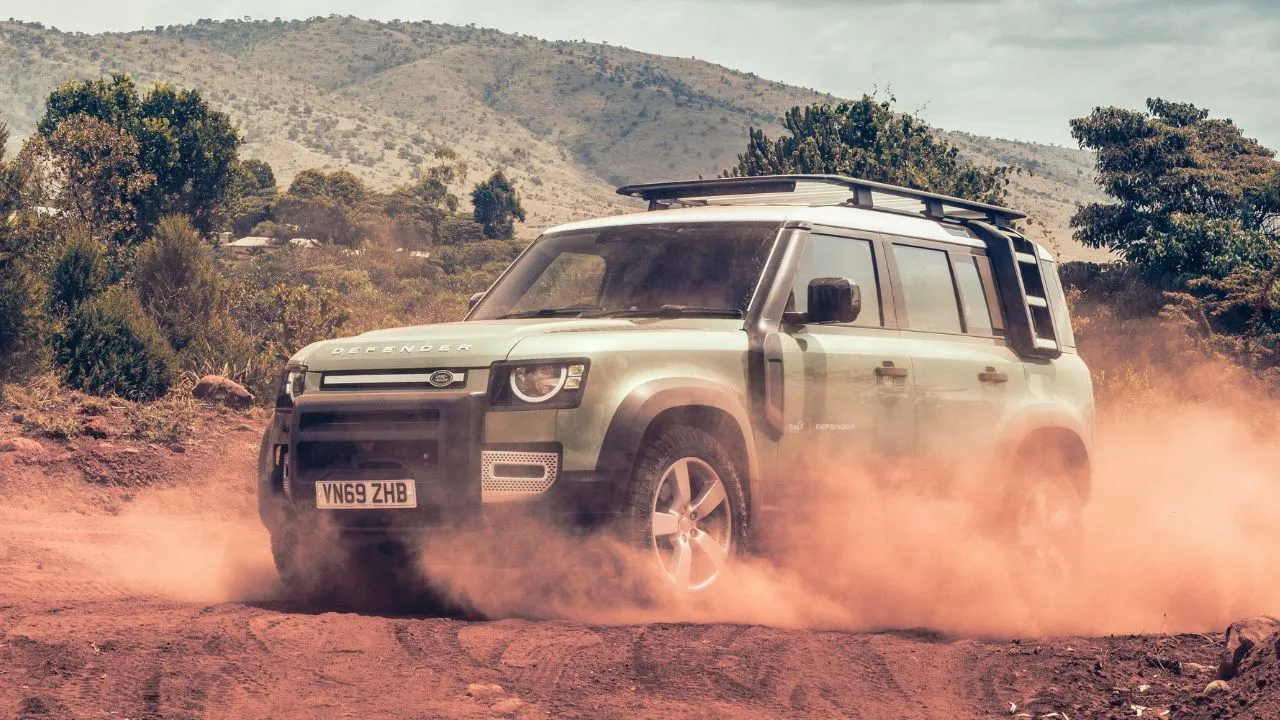Hydrogen-powered Land Rover Defender in the works
Petrol, Diesel, and now Hydrogen is what will power the off-roader from the United Kingdom. JLR will commence the testing of the Defender powered by Hydrogen-Fuel-Cell by late 2021

After petrol and diesel, the Defender will now be powered by hydrogen fuel cells. JLR will commence the testing of the new Defender by late 2021.
Jaguar-Land Rover has kick-started a new project, which intends to use hydrogen fuel cells to power the Defender. The project has been dubbed ‘Zeus’ internally and will be partly funded by the government of the UK through the Advanced Propulsion Centre.
The testing of the Defender FCEV (fuel cell EV) has been scheduled for later this year. According to JLR, Hydrogen-powered FCEVs provide high energy density, rapid refuelling, and minimal loss of range in low temperatures, making the technology ideal for larger and longer-range vehicles or those operated in hot or cold environments. So far, the company hasn’t confirmed the timeline to put the Zeus project in production, and we suspect that the FCEV will stay in the prototype stage until the technology has advanced enough to be adopted by its other SUVs in the line-up.

JLR has teamed up with Delta Motorsport, AVL, Marelli Automotive Systems, and the UK Battery Industrialisation Centre (UKBIC) to research, develop, and create the prototype FCEV.
The Defender FCEV will be the first step towards JLR’s initiative to achieve zero tailpipe emission by 2036 and net-zero carbon emissions across its supply chain, products, and operations by 2039.
Currently, the Defender on sale in India is powered by 2.0-litre petrol or a diesel engine. The higher models get a 3.0-litre in-line six-cylinder engine, again with a choice between petrol and diesel. The Defender is available in a three-door body style, called the Defender 90, and a five-door body style, which is called the Defender 110.
Also Read:
Land Rover Discovery facelift to be launched soon
2021 Land Rover Defender Review: First Drive








Write your Comment on